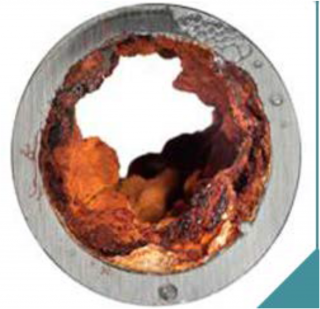Fate, Transport & Persistence Studies

Environmental fate is what happens to a chemical or an organism once it is released into the environment.
Transport refers to how contaminants in the environment move in response to wind, rain and human activities. Chemical, biological, or radiological contaminants can seep into the soil and enter groundwater, runoff into streams, or be transported through the air.
Persistence, in terms of environmental protection, refers to the length of time a contaminant remains in the environment.
Contaminants can pose significant health threats towards people, animals and the environment, so their fate, transport and persistence is of particular interest. Some biological agents, such as anthrax spores, can remain dormant in the environment for decades, presenting a prolonged hazard. Other contaminants, such as viruses, cannot survive for very long in the environment. Chemical agents degrade, either rapidly or slowly, into other compounds that may or may not pose a risk to human and environmental health.
Predicting where contaminants travel can help determine who is at risk for exposure and what precautions can be taken to minimize that risk. Understanding how contaminants might move and persist in the environment enables responders to take effective countermeasures to minimize the spread of contamination.
EPA scientists research fate, transport, and persistence to determine the longevity of contaminants and their potential migration in the environment and water systems. The results from this research help guide decisions on where to sample to characterize the extent of contamination and make cost effective and protective decisions when responding to an environmental contamination.
Research Topics
Research Publications & Other Resources
- Summary of Radiological Stormwater Modeling Research
- Modeling transport of pathogenic spores via storm water runoff
- Summary: Persistence of Biological and Radiological Contaminants on Wastewater Collection System Infrastructure
- Report: Development of Laboratory Equipment and Protocols for the Assessment of Rain, Water Wash-down, and Channelized Flow for Removal of Spores on Urban Surfaces

